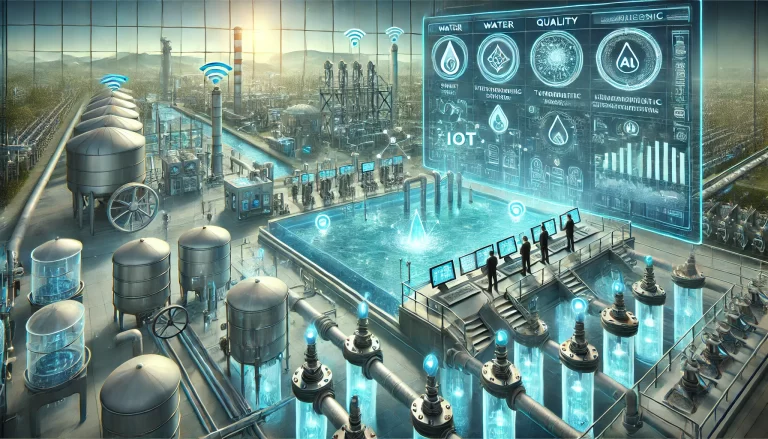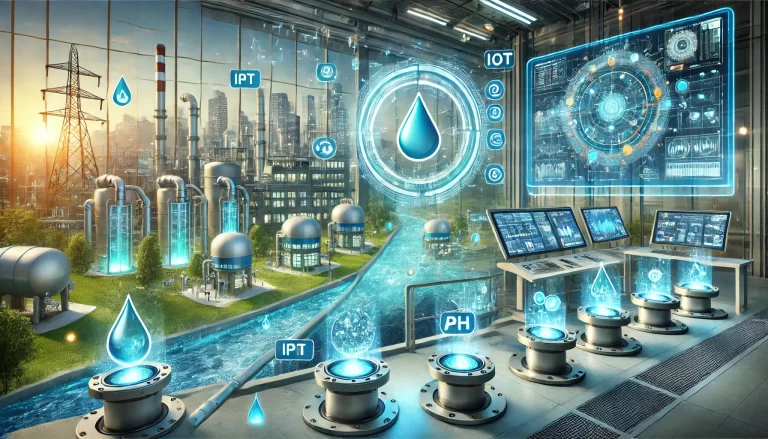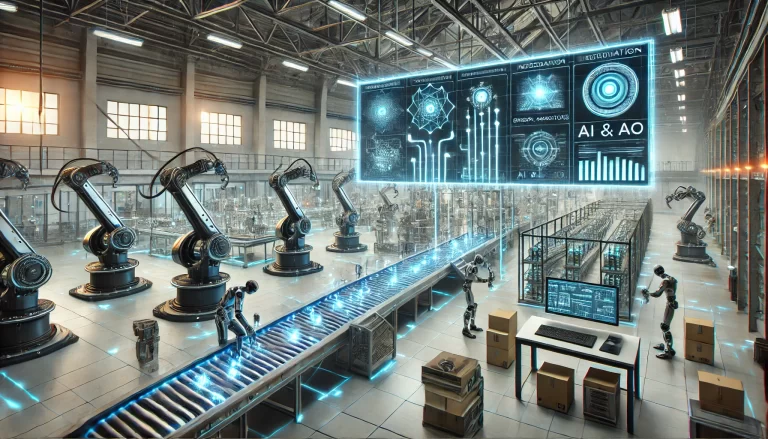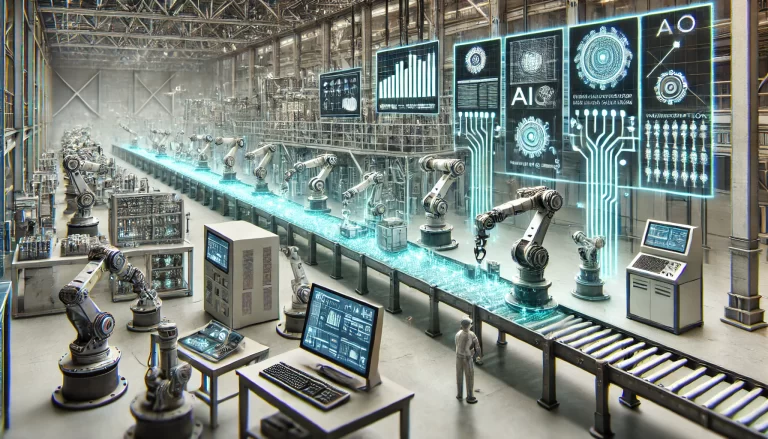AI calibration and anti-drift technologies—powered by data modeling, dynamic compensation, and intelligent learning—break the traditional trade-off between precision and long-term stability. This article explores how these innovations enable instruments to achieve both high accuracy (“precision”) and consistent performance (“stability”) across five key dimensions: core principles, technical pathways, and real-world applications.
I. The Traditional Dilemma: Why Is It Difficult to Achieve Both Accuracy and Stability?
1. Physical Limitations
Conventional instruments rely on fixed calibration parameters (e.g., zero offset, slope). However, sensor components degrade over time (e.g., resistance drift, mechanical wear) or respond poorly to environmental factors (e.g., ±2% FS error for every 10°C temperature shift).
Key conflict: Factory calibration ensures accuracy initially, but environmental shifts and aging compromise long-term stability.
2. Passive Calibration Methods
Traditional calibration is performed manually on a periodic basis (e.g., annually), which cannot handle sudden drift events (e.g., due to vibration).
Result: Precision exists only immediately after calibration; stability over time depends on maintenance frequency or sheer luck.

II. AI Calibration: Making Instruments “Smarter Over Time”
1. Core Mechanism: Dynamic Modeling & Real-Time Compensation
Data Collection: Built-in sensors (temperature, humidity, accelerometer) continuously monitor internal states and external conditions.
Model Training: Historical calibration and real-time data feed into machine learning models (e.g., regression, LSTM), mapping environmental/time variables to expected error.
Example: A pressure transmitter identifies a zero drift of 0.02% FS per 1°C increase and generates a temperature compensation algorithm.
Real-Time Correction: Based on current inputs (e.g., 35°C, usage duration), AI adjusts output values automatically without manual intervention.
2. Key Advantages
Self-Adaptive Calibration: Unlike one-time factory calibration, AI continuously updates compensation parameters over time and changing conditions (e.g., -20°C to 80°C range, sensor aging).
Multivariable Decoupling: AI separates the effects of temperature, aging, vibration, etc., for more granular error correction.

III. Anti-Drift Technology: Full-Stack Hardware and Algorithm Fortification
1. Hardware-Level Design
Thermal Control: Micro thermal modules stabilize internal temperature (±0.1°C), reducing temperature-induced drift from ±0.05% FS/°C to ±0.005% FS/°C.
Redundant Sensors: Dual-sensor configurations with AI voting enable error detection and seamless channel switching when anomalies occur.
2. Algorithm-Level Enhancements
Noise Filtering & Trend Prediction: Kalman filtering reduces signal noise (e.g., from ±0.3% FS to ±0.1% FS). Time-series models (ARIMA, Transformer) forecast drift trends, enabling preemptive maintenance.
Self-Diagnostics Without External Standards: Internal reference elements (e.g., resistors/capacitors) allow for zero/span recalibration without external inputs.
IV. Application Scenarios: Where Precision and Stability Are Essential
1. Industrial Automation: Reliable Long-Term Measurement in Harsh Environments
Scenario: Monitoring temperature in chemical reactors (-50°C to 200°C) for 3+ years without recalibration.
Solution:
Hardware: Thermocouples with thermostatic housing reduce thermal drift from ±0.5% FS/10°C to ±0.05% FS/10°C.
AI Calibration: Pressure and humidity data feed a neural network that maintains <±0.3% FS drift over three years (vs. ±2% FS in traditional systems).
2. Medical Equipment: Precision Under Electromagnetic Interference
Scenario: Invasive blood pressure monitoring in ICUs, which requires real-time accuracy amid electromagnetic noise.
Solution:
Hardware: Electromagnetic shielding and differential signaling reduce noise from ±2 mmHg to ±0.5 mmHg.
AI Calibration: Patient-specific models (age, body temperature) minimize physiological variability, improving accuracy to ±1.5 mmHg (vs. ±3 mmHg).

V. Future Outlook: Evolving Integration of AI and Anti-Drift Mechanisms
1. Edge AI + Cloud Collaboration
Instruments perform real-time correction locally while syncing data with cloud models for long-term optimization. Example: A brand reduced average drift rate by 40% via cloud training.
2. Predictive Maintenance
AI identifies component degradation in advance (e.g., capacitor likely to fail in 3 months), enabling proactive interventions.
3. Zero-Parameter Calibration
Generative AI (e.g., diffusion models) could enable self-calibration based on real-world signal learning, eliminating dependence on factory-set parameters.

Conclusion: Redefining Instrument Performance Through AI and Anti-Drift Design
Accuracy: Shifts from static, factory-only calibration to dynamic, lifecycle-wide correction.
Stability: Enhanced by dual-layer protection—hardware resilience and algorithmic prediction.
Value Proposition: Instruments evolve from “fragile measurement tools” to “intelligent, reliable data backbones,” ideal for unmanned factories, space exploration, and precision medicine.
In one sentence: AI calibration intelligently corrects errors, while anti-drift technologies proactively resist change—together enabling instruments to “see clearly” and “stay steady,” just like a well-trained human operator.
